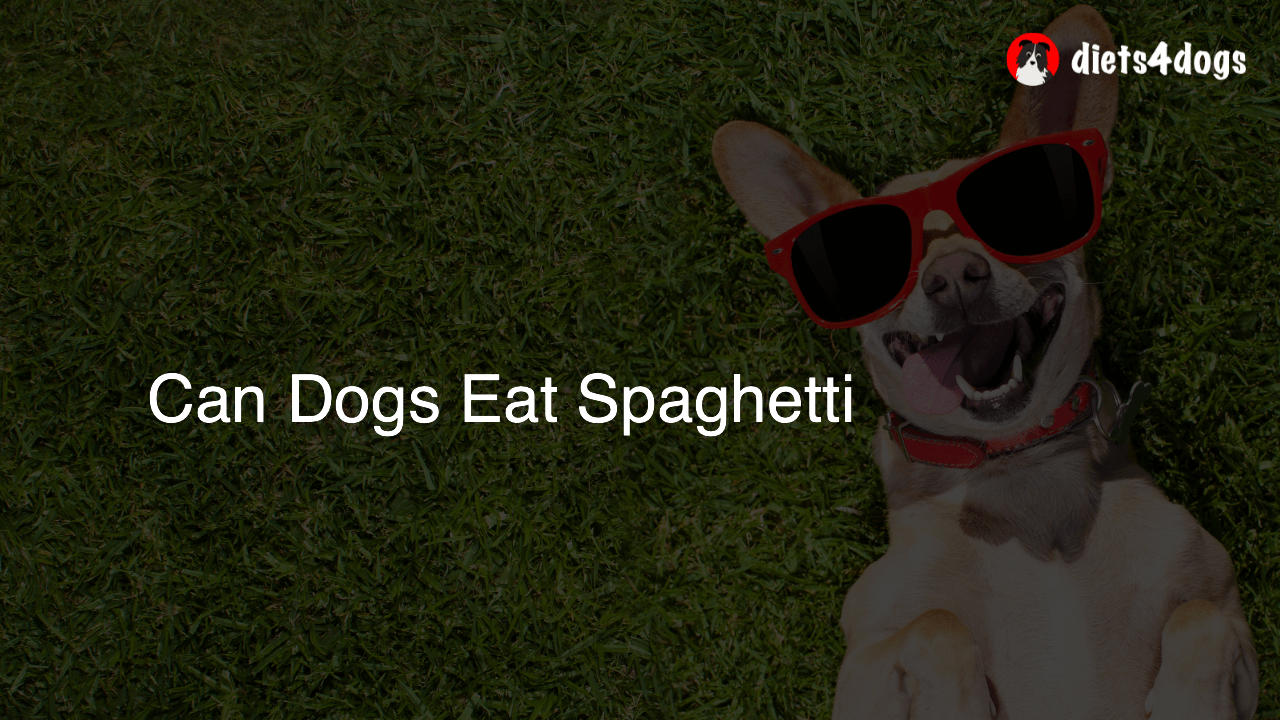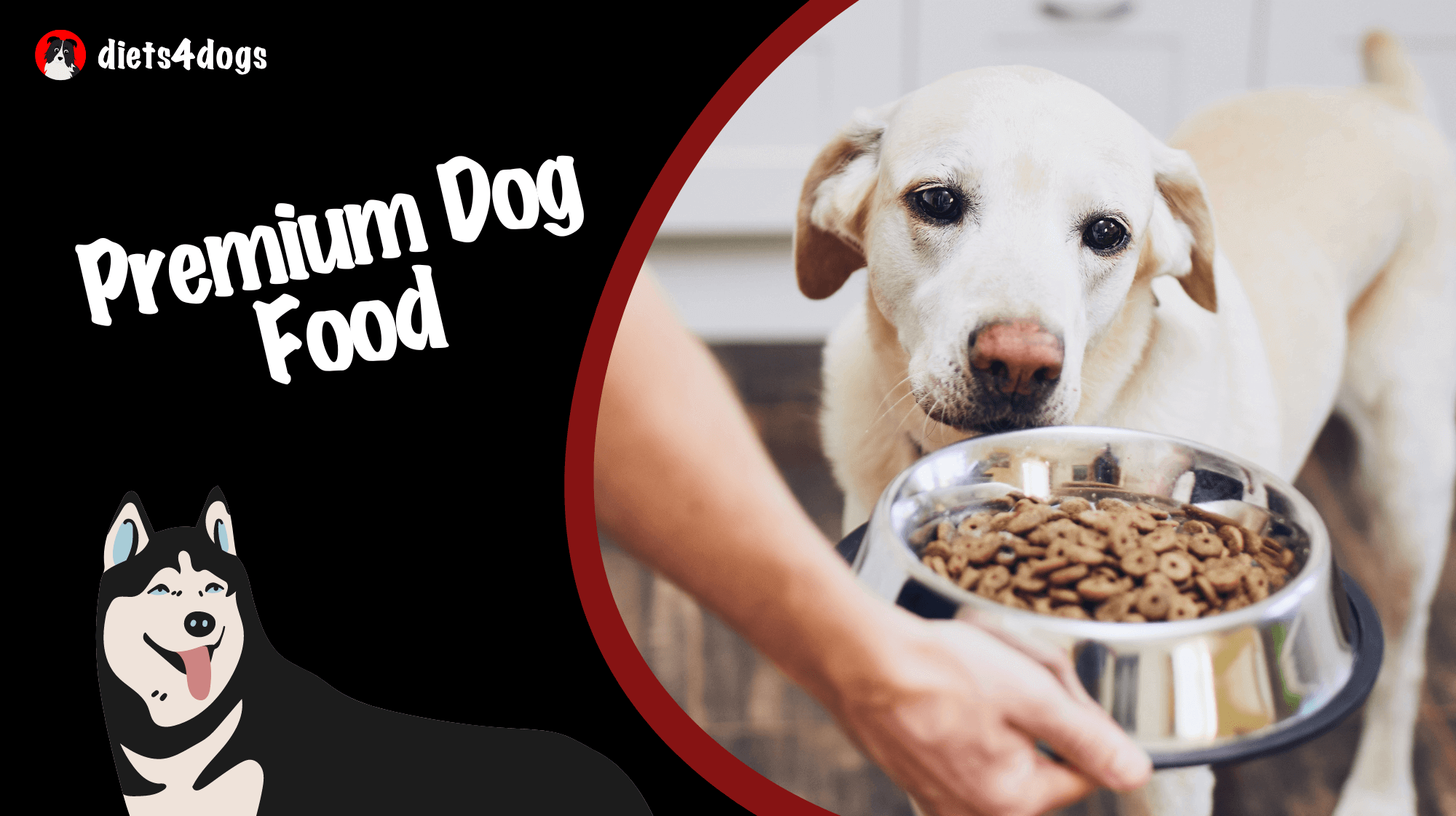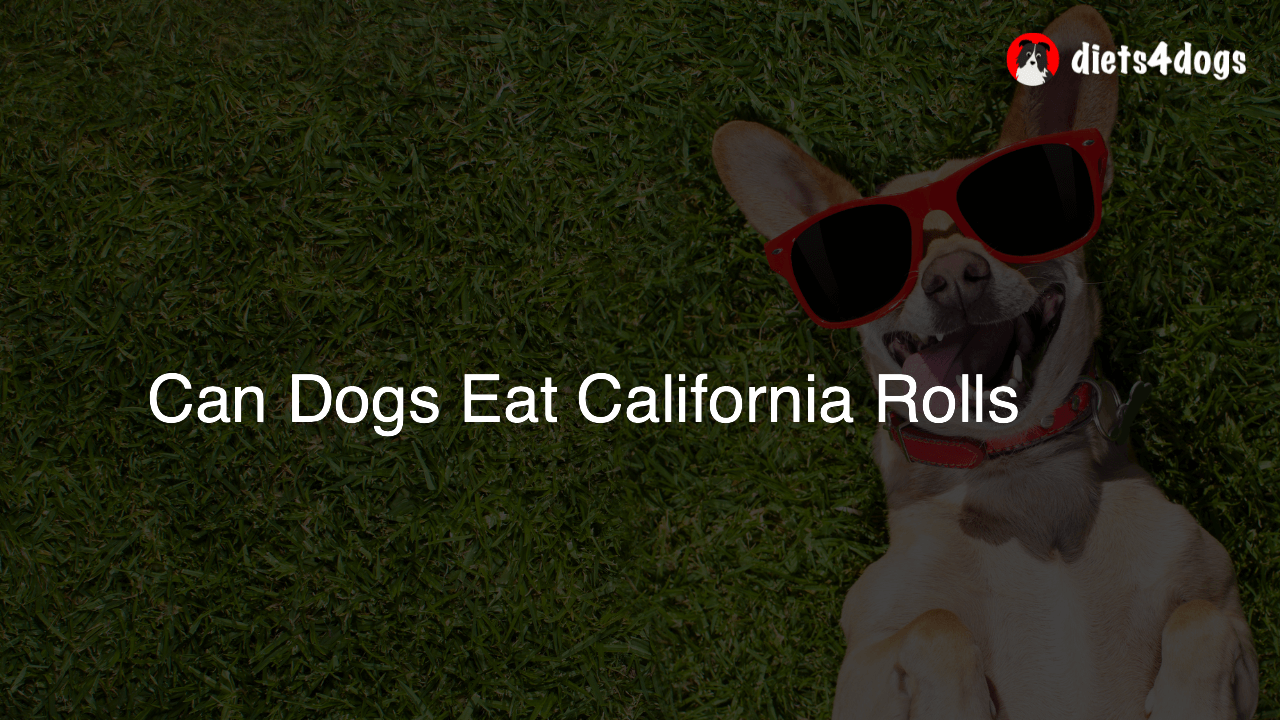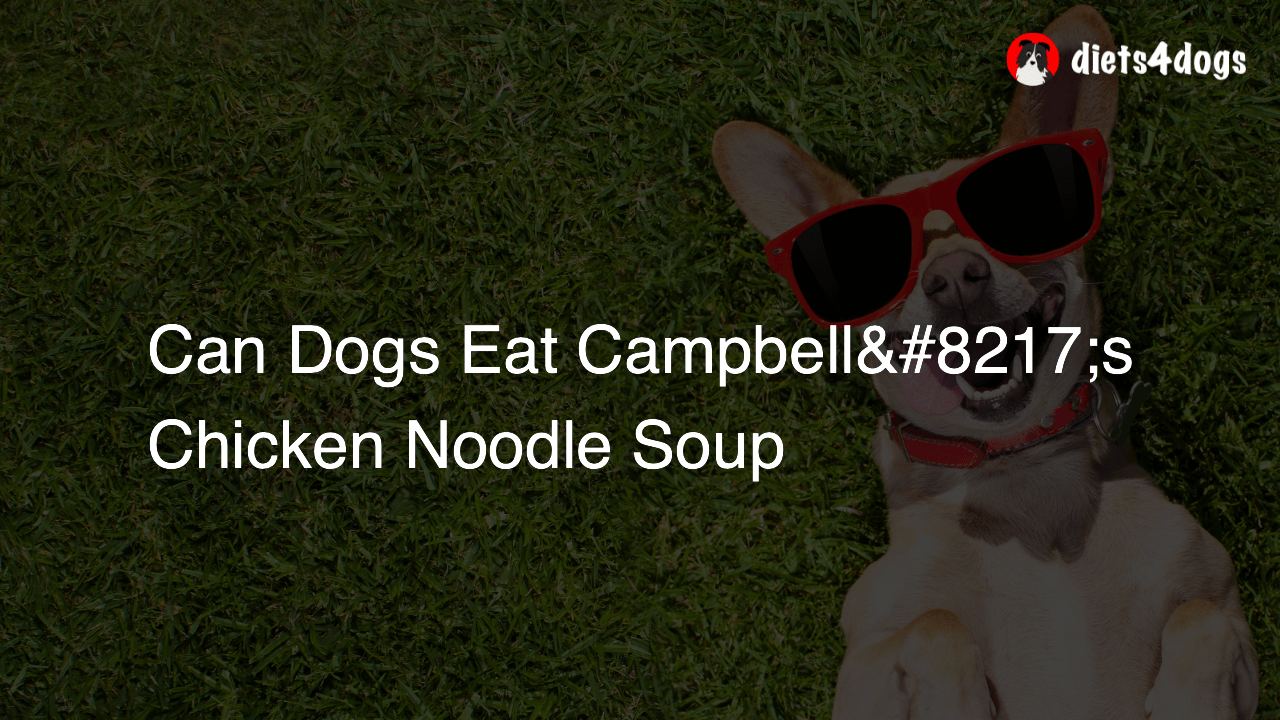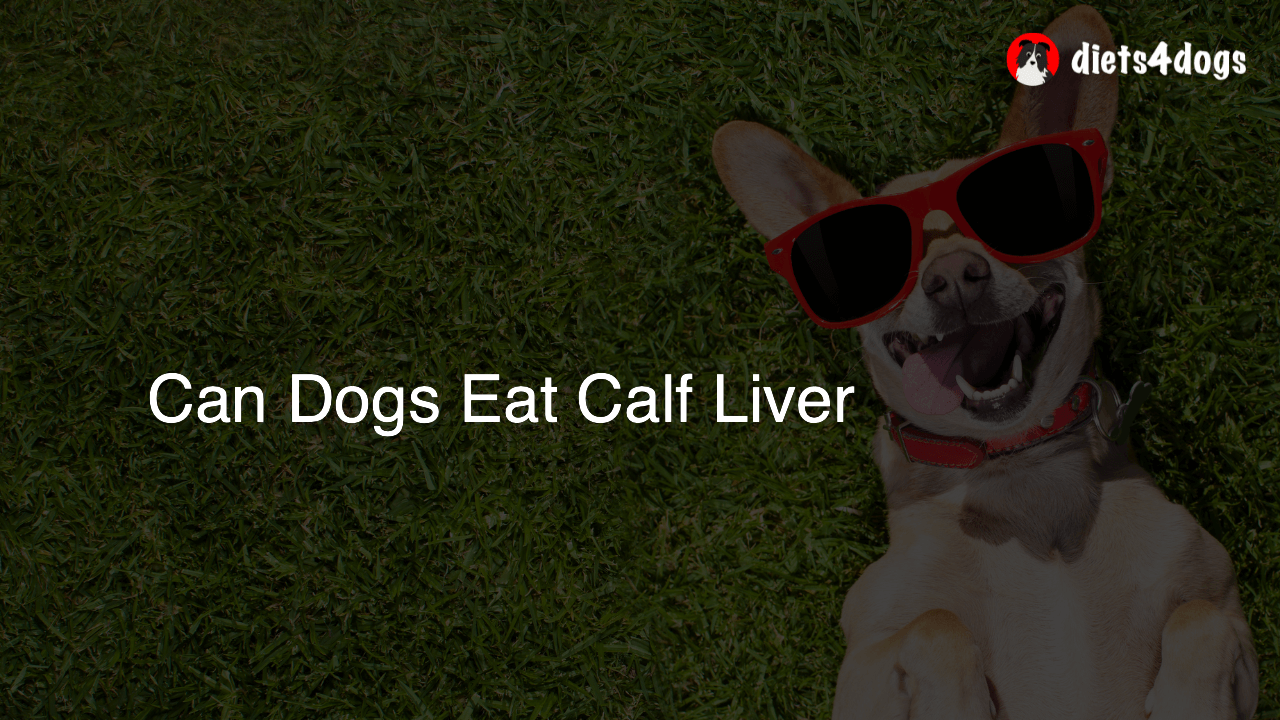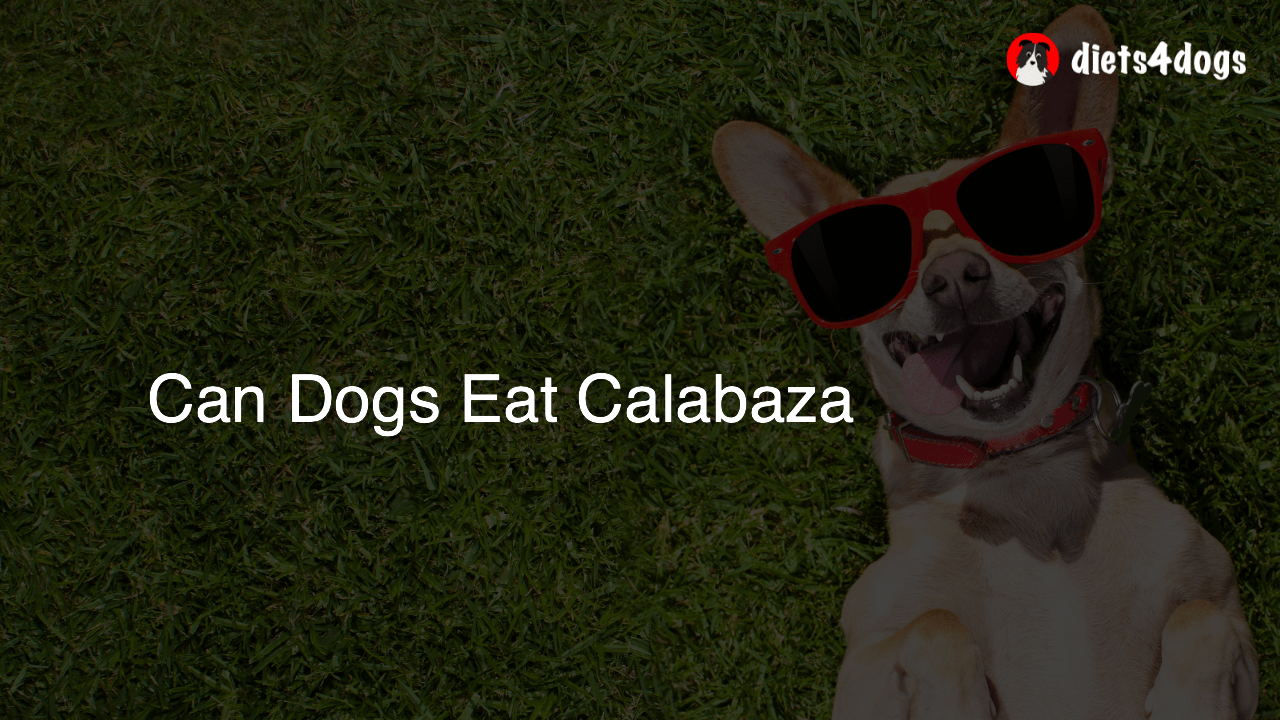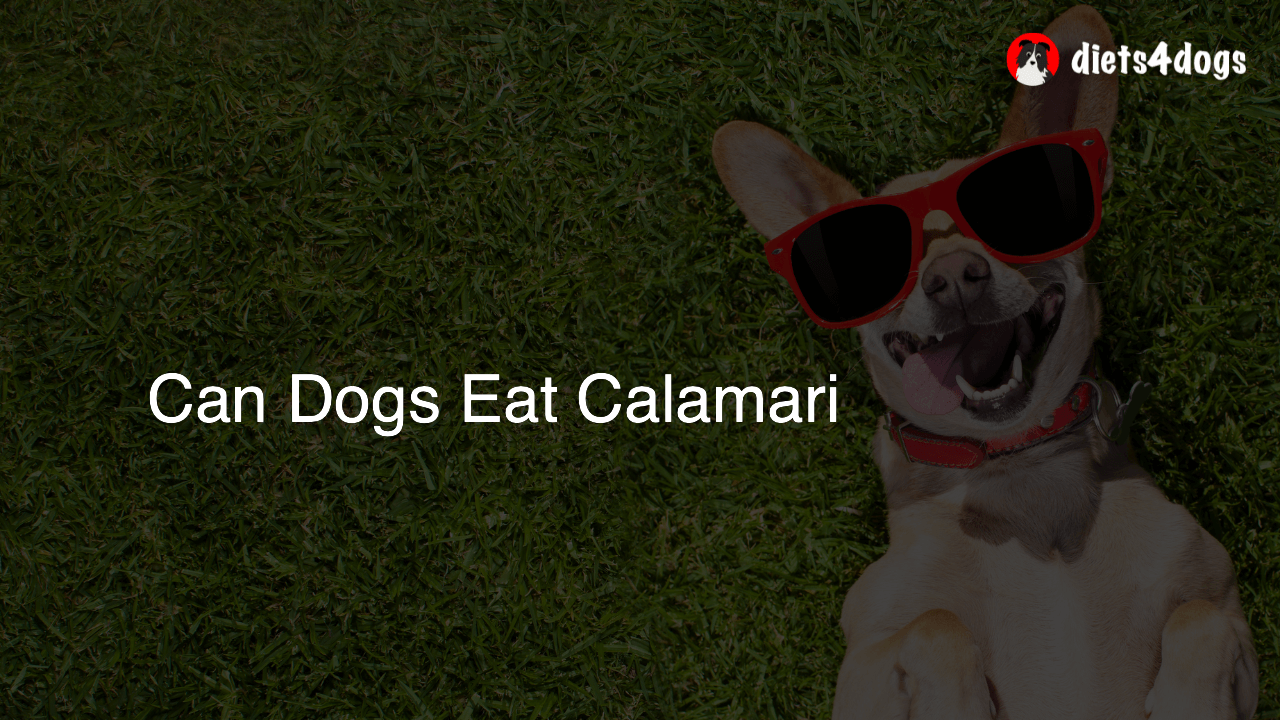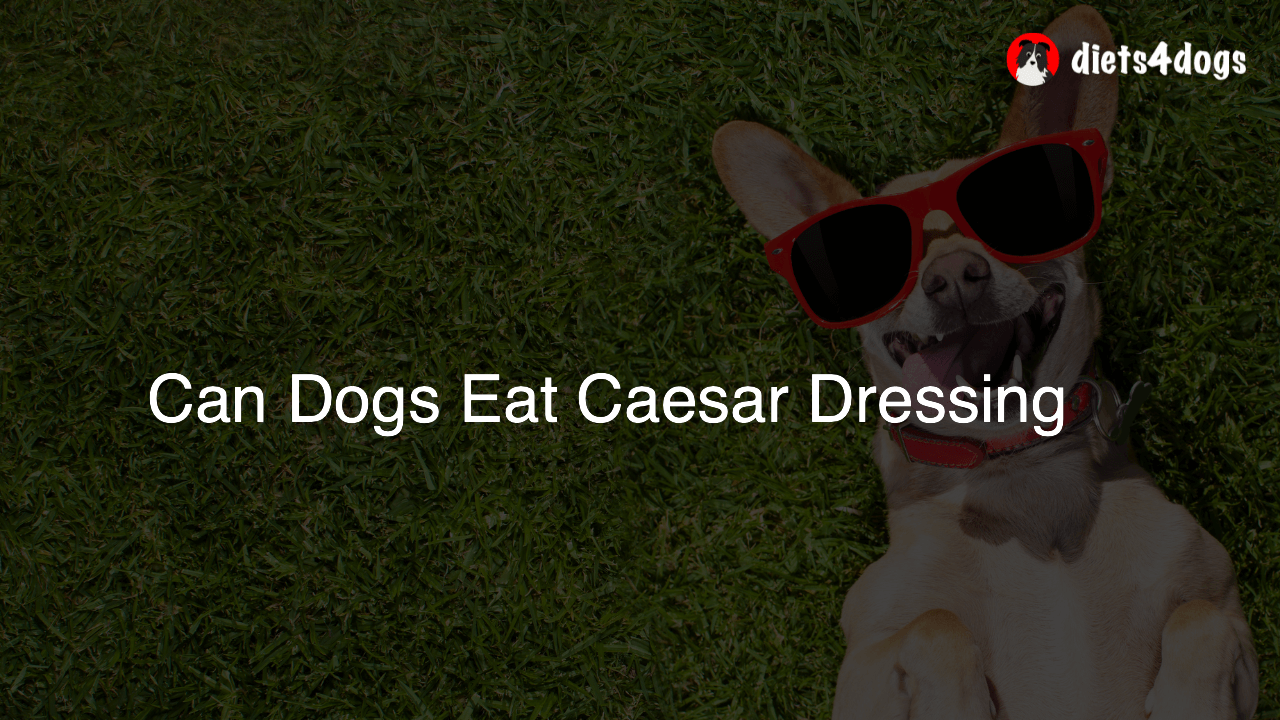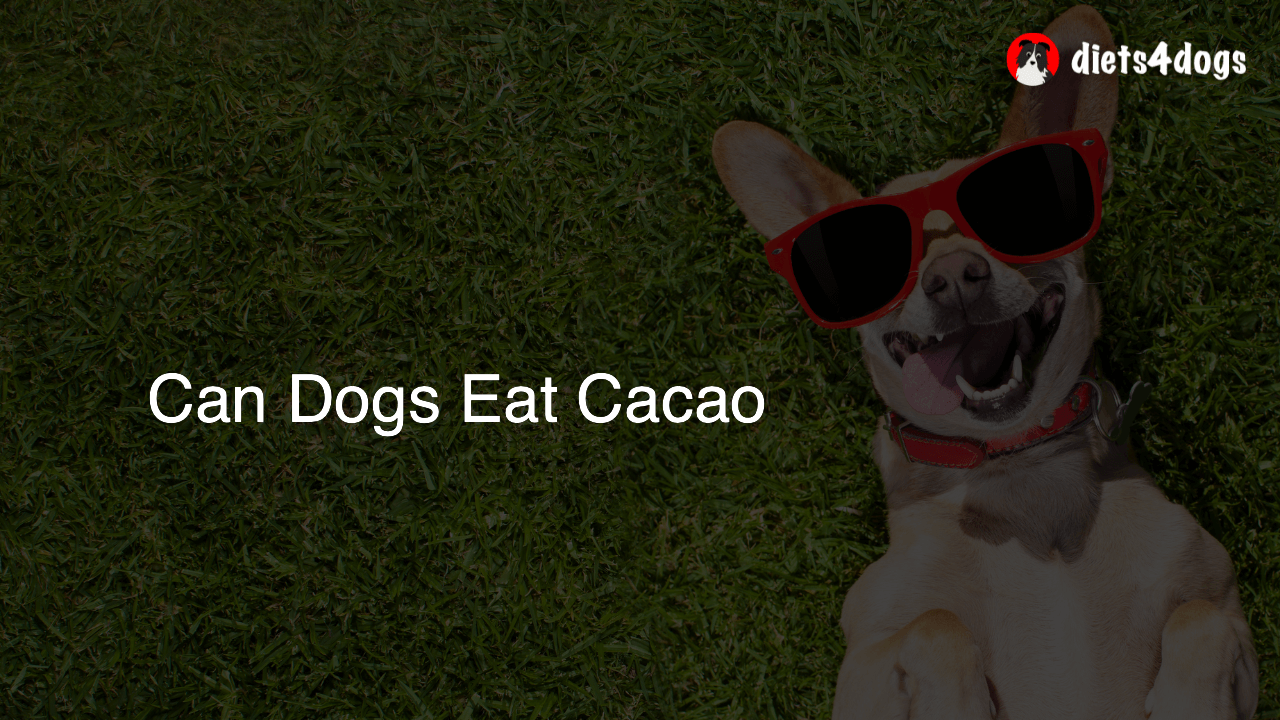Can Dogs Eat Spaghetti
Dogs can eat spaghetti in small, occasional amounts as a treat. Plain, cooked pasta without any added sauce is a safer option, as some sauces contain ingredients that are potentially harmful to dogs, such as onions, garlic, and some spices. However, feeding your dog too much spaghetti can lead to obesity or nutritional deficiencies. It is preferable to feed them a balanced, species-appropriate diet for their overall health.
Introduction to Spaghetti for Dogs?
As a dog owner, you may have wondered if your furry friend can indulge in some spaghetti — a popular Italian dish loved by people all around the world. To ensure that you’re properly informed and make nutritious choices for your pet, we have crafted this informative guide on whether dogs can eat spaghetti and its potential effects on their health.
Is Spaghetti Safe for Dogs?
In moderation, plain spaghetti noodles can be an occasional treat for your canine companion. However, it’s important to ensure that the pasta is fully cooked and doesn’t have any added sauces or spices. Some ingredients in sauces, such as onions, garlic, and excessive salt, are harmful to dogs and can lead to health issues if consumed.
Keep in mind that too much spaghetti and other carbohydrate-heavy foods can lead to obesity or nutritional deficiencies in dogs. To maintain your dog’s health, it’s crucial to prioritize a balanced, species-appropriate diet tailored to their specific needs.
The Nutritional Value of Spaghetti for Dogs
While spaghetti noodles can be a tasty treat for your dog, they aren’t nutritionally dense enough to benefit their overall health. Spaghetti contains some carbohydrates and trace amounts of protein, but it lacks the essential vitamins, minerals, and amino acids that play a crucial role in a dog’s wellbeing.
Instead, focus on providing your pet with high-quality dog food that meets their nutritional requirements. A good rule of thumb is to prioritize nutrient-rich protein sources, healthy fats, and complex carbohydrates found in fruits and vegetables.
Potential Health Risks of Feeding Spaghetti to Dogs
Feeding your dog spaghetti can pose several health risks, especially when it comes to sauces and added ingredients. Some of these risks include:
Onions and Garlic
Onions and garlic are toxic to dogs, as they contain compounds that can damage red blood cells and cause anemia. Consuming even a small amount can be harmful, especially for smaller dog breeds.
Excessive Salt
Many spaghetti dishes contain high amounts of salt, which can be dangerous for dogs. High salt intake can lead to dehydration, increased heart rate, and even sodium ion toxicity.
Artificial Additives and Preservatives
Spaghetti sauces often contain artificial additives and preservatives, some of which can be harmful to dogs. It’s best to stick with natural, dog-safe foods without any artificial chemicals or additives.
Obesity and Nutritional Deficiencies
As mentioned earlier, feeding your dog too much spaghetti can lead to weight gain and nutritional imbalances. To keep your furry friend healthy, focus on a nutrient-rich diet and occasional dog-friendly treats instead.
Healthy Alternatives to Spaghetti for Dogs
If you’re looking for safe and nutritious alternatives to spaghetti for your canine companion, consider the following options:
Sweet Potatoes
Sweet potatoes are a fantastic source of complex carbohydrates, rich in fiber, and packed with essential vitamins and minerals that are great for your dog’s overall health.
Green Beans
Low in calories and high in essential vitamins and minerals, green beans are a fantastic treat option that is both nutritious and satisfying for your dog.
Fruits like Blueberries and Apples
Blueberries and apples (without the seeds) are excellent vitamin-rich, antioxidant treats that benefit your dog’s overall health. Just remember to feed them in moderation, as too many fruits can contribute to digestive upset.
Overall, dogs can eat plain, cooked spaghetti in small amounts as an occasional treat. However, it’s crucial to focus on a balanced, species-appropriate diet to ensure that your dog remains healthy and satisfied.
Understanding the Canine Digestive System
Before diving into more detail on feeding spaghetti to dogs, it’s essential to understand the canine digestive system. Unlike humans, dogs have shorter digestive tracts, which makes it harder for them to adequately digest and process carbohydrates. When dogs consume large quantities of carbohydrates like spaghetti, this can cause gastrointestinal discomfort, bloating, and even disrupt their normal digestion.
How to Safely Share Spaghetti with Your Dog
If you decide to treat your dog to some spaghetti, it’s vital to make the experience as safe and enjoyable as possible for your furry friend. Here’s how:
Keep it Plain
Always serve plain, cooked spaghetti noodles without any sauce, spices, or added ingredients. By avoiding harmful sauces and accompaniments, you’ll minimize the risk of adverse reactions or health issues.
Moderation is Key
Portion control is crucial when sharing spaghetti with your dog. Treat spaghetti like any other high-carbohydrate treat and feed it to your dog in small amounts on rare occasions.
Monitor Your Dog’s Reaction
Different dogs may have varying reactions to new food items. After feeding your pet spaghetti, observe their behavior closely for any signs of gastrointestinal distress, lethargy, or other unusual reactions. If you notice any issues, discontinue feeding and consult your veterinarian.
What about Gluten-Free Spaghetti?
If your dog has a gluten sensitivity or if you’re looking for a healthier alternative, consider gluten-free spaghetti made from grains such as rice, quinoa, or corn. While these options may be more digestible for some dogs, it’s still essential to practice moderation and avoid sauces and additional ingredients that may be harmful to your canine companion.
Feeding Spaghetti as a Training Treat
When training your dog, you may be tempted to use small pieces of cooked spaghetti as a training treat. While this can work for some dogs, remember that high-quality protein-based training treats are often more beneficial for your dog’s health and provide more motivation during training sessions.
The Importance of a Well-Balanced Diet
While the occasional treat such as spaghetti may be enjoyable for your pet, it’s vital to remember that a well-balanced, species-appropriate nutrition plan is the key to your dog’s long-term health and wellbeing. Investing time and energy into understanding your dog’s dietary needs and providing high-quality dog food will ensure your furry friend stays active and healthy throughout their lives.
FAQ Section: Can Dogs Eat Spaghetti?
Here are some frequently asked questions and short answers to address concerns and provide useful information regarding dogs consuming spaghetti and related topics. These answers will help you make well-informed decisions about your dog’s diet and overall health.
1. Can dogs eat spaghetti sauce?
No, dogs should not consume spaghetti sauce, as it often contains harmful ingredients such as onions, garlic, and excess salt, which can be toxic to dogs and lead to health issues.
2. Can dogs eat tomato sauce?
It’s best to avoid feeding tomato sauce to dogs, as the sauce often contains ingredients like onions, garlic, and spices that are not safe for canines. Plain tomato sauce, without any harmful additives, in small quantities occasionally should not pose a danger, but it’s safer to offer dog-friendly alternatives instead.
3. Can dogs eat meatballs?
Dogs can eat plain, cooked meatballs in moderation, as long as they do not contain harmful ingredients such as onions, garlic, or certain spices. Make sure the meatballs are cooked without sauces and are ideally prepared with lean meats to avoid excessive fat intake.
4. Can dogs eat pasta with olive oil?
A small amount of plain pasta with a drizzle of olive oil is usually safe for dogs to consume. However, it should only be given occasionally and in tiny amounts to avoid unnecessary calorie intake and potential digestive discomfort.
5. Can dogs have gluten-free spaghetti?
Yes, dogs can have gluten-free spaghetti made from grains like rice, quinoa, or corn. Just like regular spaghetti, it should be served plain and without any sauce, spices or other harmful ingredients, and fed to your dog in moderation.
6. Can puppies eat spaghetti?
It’s best to avoid feeding spaghetti to puppies, as their digestive systems are still developing, and they require a nutrient-dense and species-appropriate diet for optimal growth and health. Stick to puppy-specific food that meets their nutritional needs.
7. Can dogs eat lasagna?
No, dogs should not eat lasagna, as it contains sauces, cheeses, and potentially harmful ingredients like onions and garlic, all of which can lead to health issues in dogs.
8. Is it safe for dogs to eat breadsticks?
Plain, unsalted breadsticks can be given to dogs in small amounts as an occasional treat. However, it’s essential to maintain portion control and avoid offering them too frequently to prevent unnecessary caloric intake and potential digestive discomfort.
9. Can dogs eat garlic bread?
No, dogs should not eat garlic bread, as garlic is toxic to dogs and can lead to health issues such as anemia, digestive distress, and even organ damage.
10. How much spaghetti can I give my dog?
While there is no hard rule for the exact amount of spaghetti your dog can have, it’s essential to practice portion control and offer it as an occasional treat. A few small pieces of plain, cooked spaghetti should suffice as a treat, without posing any health risks.

